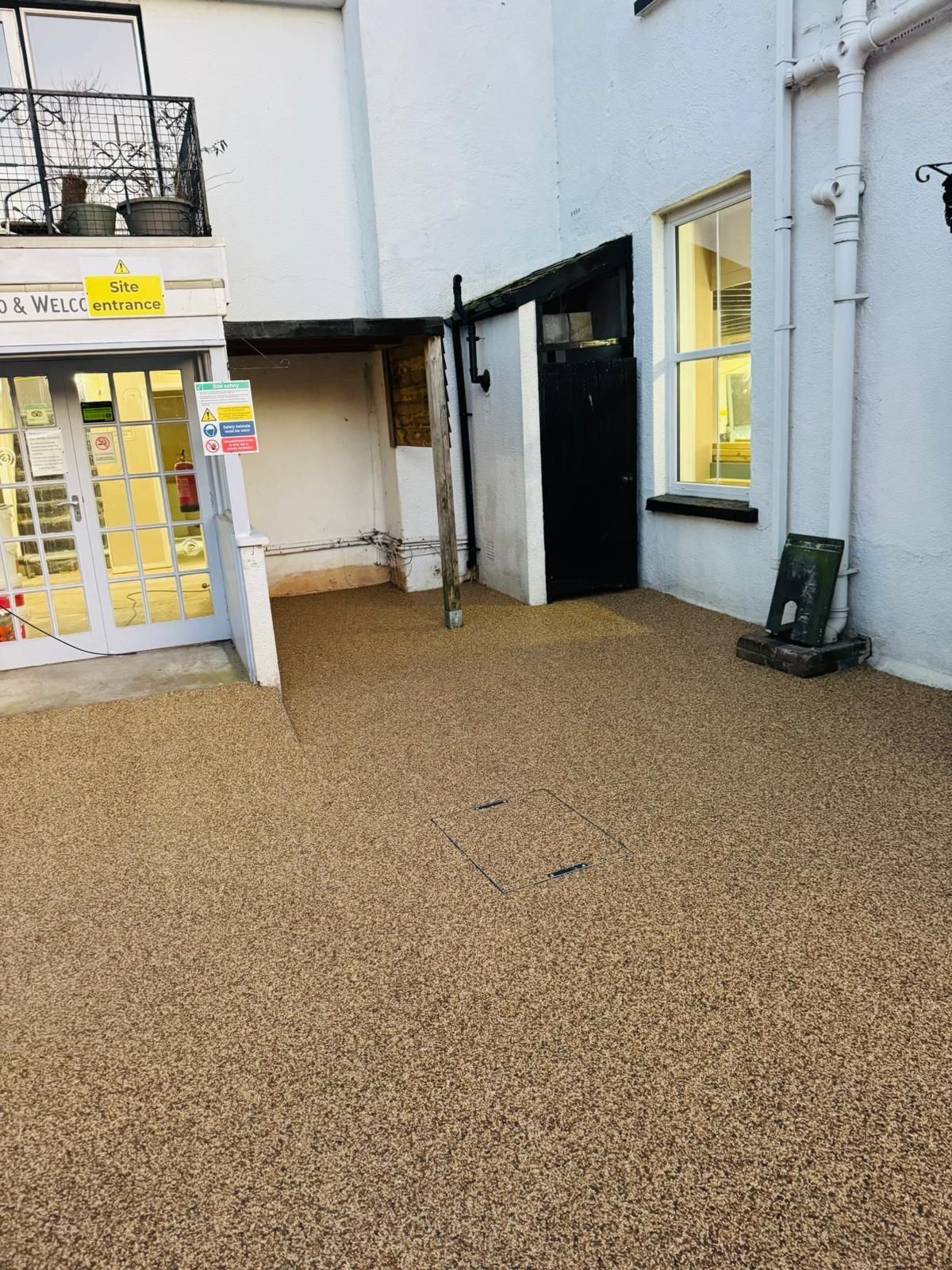Beyond Surface Beauty: Understanding the Structural Integrity of Resin Systems
Beyond Outward Beauty: Comprehending Resin Systems' Structural Integrity
Developing cycling infrastructure that truly serves community needs requires thoughtful material selection. Beyond basic functionality, considerations like safety, environmental impact, and long-term performance significantly influence the cycling experience. Resin-based systems address these considerations through integrated design features that traditional materials cannot match.
Environmental Considerations
The
eco-friendly characteristics of modern resin systems align with the sustainability goals that many communities prioritise. Their permeable nature supports natural water cycles, while their durability minimises the need for replacement and associated resource consumption. The
flood prevention capabilities reduce infrastructure damage during heavy rainfall events, creating more resilient community spaces.
Year-Round Usability
All-weather performance remains one of the resin’s most significant advantages for cycling applications. The
grip surface maintains consistent traction regardless of conditions, while the
puddle-free design eliminates the water accumulation that creates hazards on conventional surfaces. The
crack-resistant
formulation prevents the development of dangerous surface irregularities that can cause accidents and injuries.
Aesthetic and Practical Benefits
Beyond performance advantages,
resin offers extensive resin colour options that support wayfinding, zone identification, and aesthetic integration with surrounding areas. The
weed resistance of properly installed systems eliminates maintenance headaches and potential surface damage from vegetation growth. These practical benefits complement the material’s exceptional
resin longevity, creating infrastructure that maintains its functionality and appearance with minimal intervention.
Communities that choose resin surfacing for cycling infrastructure invest in spaces that support active transportation while addressing environmental concerns. The combination of safety, sustainability, and performance creates cycling routes that users prefer and maintenance teams appreciate. This comprehensive approach to infrastructure development results in cycling networks that better serve their intended purpose while requiring fewer resources for upkeep.
View our YouTube video on the subject below:




